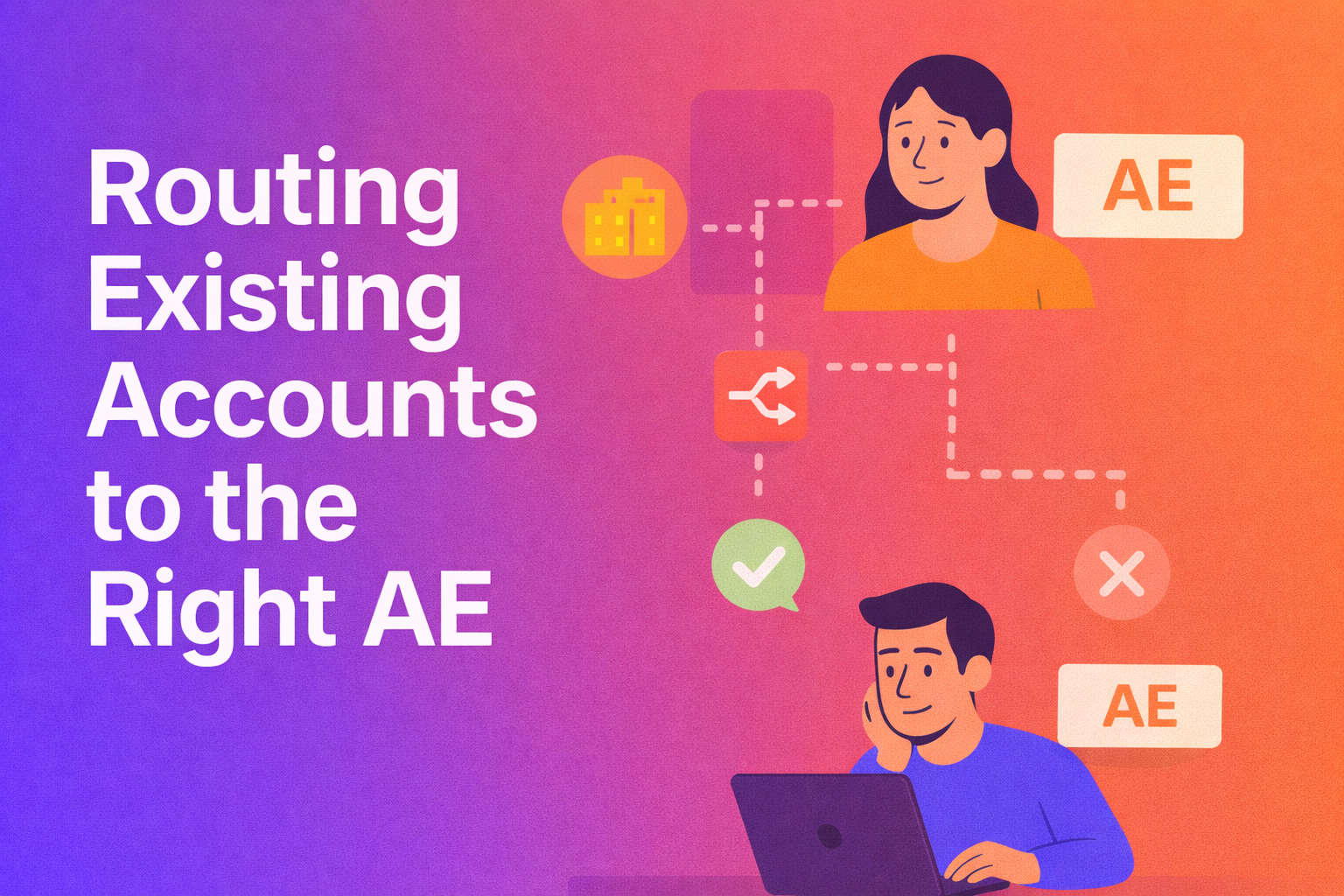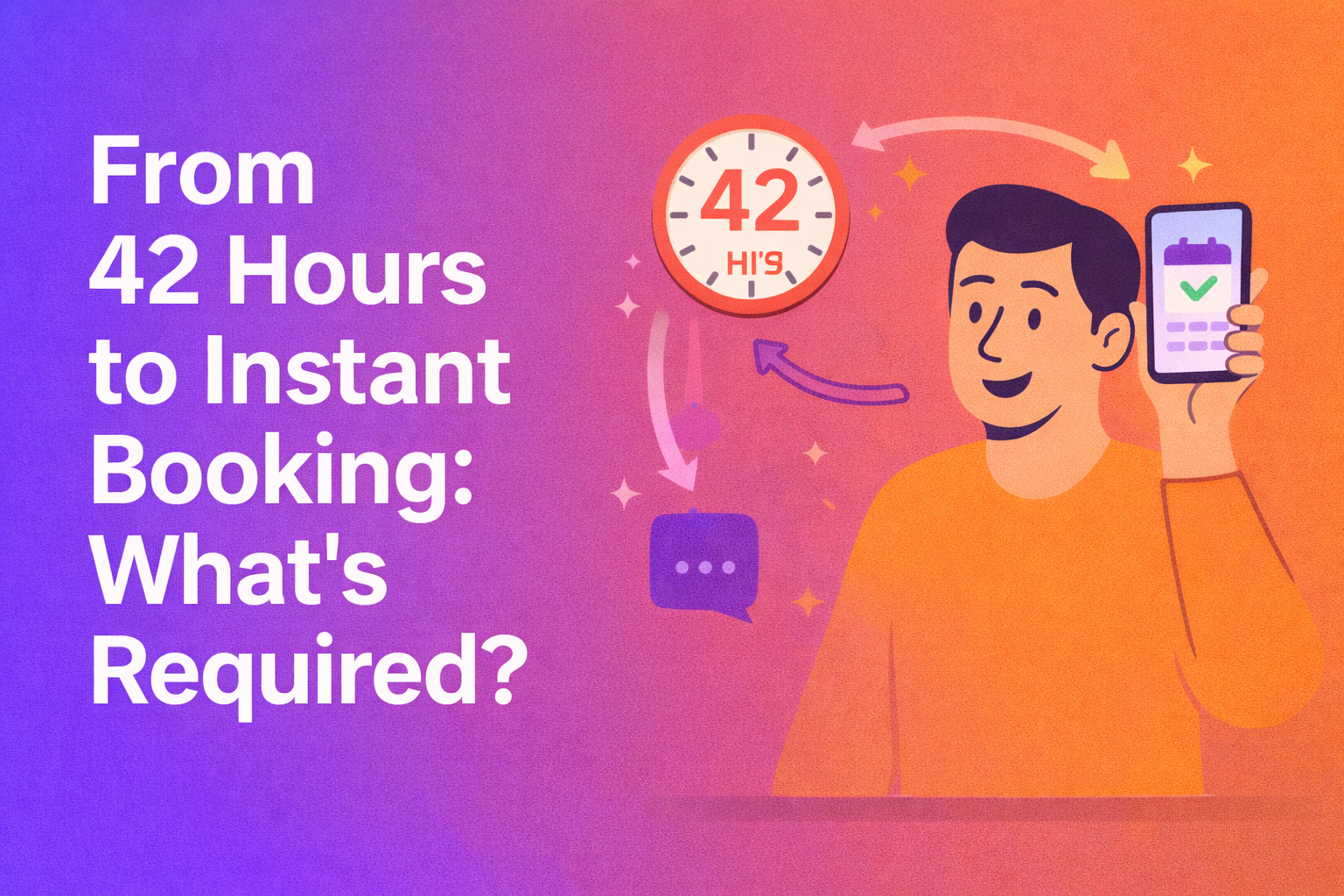If you’re here looking for a lead distribution software and have your pipeline figured out, what follows about how you’re missing out on potential pipeline might not be relevant for you. Here is an article about the best options in lead distribution software instead.
On the other hand, if you’re setting up or optimizing your marketing function and are looking at how to generate and accelerate pipeline faster, this is just for you.
Leads are just the way of life. You setup a lead gen form, you drive traffic to your website, get conversions and you distribute those leads to your salesfolks. Duh! Right.
If you’re still doing just this, and expecting to grow revenue the only way to scale is to do more with more. Pump more budget into adwords, increase traffic, hire more salespeople and convert at industry standards. Nothing wrong with that approach.
The “Nothing wrong” approach never gets the eye popping results though. So here is how the wizards of your industry are thinking about this.
Always be scheduling. Leads get you data, meetings get you pipeline.
If you’ve managed to drive visitors to your websites, who are filling up your forms and your sales reps still just get a “New lead” notification through your lead distribution software instead of a booked meeting on their calendar, you’ve built a Kangaroo funnel.
Your funnel ignores the new reality and laws of B2B buying. No one wants to wait to hear back. You’ll be one in 100s of emails in the decision maker’s inbox.
Why? Because you decided leads were the way to go, decided by a CRM object that still determines marketing workflows across too many GTM orgs. You’ll be surprised at the number, watch out for our report on this soon.
In a sales-led motion where each step you add to the funnel increases drop offs, the simplest optimization you can do is to get prospects to skip a step meaningfully and with the least amount of friction both for the buyers and your sellers.
Speaking of sellers if, while implementing the process, the pushback comes from the sales team around qualification and junk meetings, then here is what you do -
- Use the basic information on your form to qualify your inbounds and filter out as much junk as possible. You’d be surprised how easy this is and how well it works.
- Automate the additional qualifying questions in a follow up.
At the end of the day, a couple of junk meetings resulting from a 70% conversion from form filled to booked meetings on your calendar doesn’t hurt your pipeline. In fact it has the opposite effect.
If the pushback is that the routing logic is too complicated to automate, then that’s a problem in itself. You’ve over-segmented your audience for little actual effect if your lead routing logic is so complex that you can’t easily replicate it.
Implement enrichment tools that auto-fill hidden fields on your form and use that to route to the right sales rep. Ensure that the rep also gets all those details so they’re able to prepare for the meeting.
Finally, if you’re stuck to “SDRs qualify, AEs take meetings” -
Your SDR qualifications are still manual and prone to interpretation. Your SDR time is better spent chasing down logos rather than booking meetings and managing calendars.
A good SDR can be the difference between a made or abysmal quarter and if you’re hiring for qualification and scheduling instead of convincing prospects who might not be in the market, then you need to hire a product not a person.
Distribute meetings to your AEs directly, and let your lead distribution software categorize your leads into neat little buckets for your reporting, but don’t let your funnel die there. If you’re doing this you’ve buried the lead in your pipeline.
Across verticals, we’ve observed this small change in mindset and process have a significant impact on the pipeline generated for your sales team.
Here is how you can go about setting this up for your sales process:
Set the right deal stages
The first step is to make sure that you set the right CRM deal stages and process to measure pipeline the right way.
Here is an example -
Deal stages at RevenueHero run from S0 (Form filled/calendared meeting) through to S5 (Contract & Redlines) to either Closed won or Closed lost.
As a GTM team, we consider pipeline generated only when a deal moves to S1 (After a meeting is completed). This might vary for you depending on your sales process.
This means, folks who just fill up the form but end up not booking a meeting, or end up being a no-show don’t enter the pipeline.
This allows us to avoid the trap of measuring a vanity pipeline made up of just form fills where the intent is hard to gauge and not the right signal to allocate budget and effort based off of.
Allow qualified buyers to book meetings right away
Allow qualified buyers to book a meeting with your sales team wherever they submit a form (landing pages, organic pages, or any place where prospects try to get in touch with your sales team).
Once you implement this, your most valuable conversion signal becomes meeting booked, rather than just form fills. Tracking meetings booked also becomes a lot more reliable than expecting your sales team to update a CRM field or creating an engagement in the CRM that indicates a booked meeting.
For your ad engines, you now have a consistent stream of higher intent conversion events which results in your ads being served to more relevant audiences, which eventually improves conversions across the funnel.
By automating this process and reducing friction from form fill to booked meeting with your sales rep, each conversion now stands a 70 to 80% chance of already booking a meeting on your sales team’s calendar. The rest of your form-fills that don’t book a meeting doesn't require the time and attention of your AEs yet or need some more nudging and convincing.
Track which pages/sources are driving meetings every week.
As a GTM team one of our weekly rituals is tracking the number of meetings booked each week and attributing it to the right source. This is just a matter of adding a couple of filters to our contact view in Hubspot, since RevenueHero automates the process of instantly updating each contact’s properties with the meeting status, and details of each meeting.
Correlate this to the conversion information and attribution that Hubspot tracks, and we have a good grasp of what drives meaningful pipeline week on week and allows us to catch trends early.
When the Hubspot magic fails, as it does at times, get your sales reps to ask where your prospects found you. Please just don’t make that one more form field.
This step ensures that you’re able to gauge whether you’re giving your sales team a real chance at hitting targets.
Automate the effort for low intent/reluctant conversions
Prospects who fill up your form but end up not booking a meeting are still valuable, but not the strongest signal to assume pipeline.
Hand these leads over to SDRs, since you need the expertise of folks who are either able to determine whether they’re worth spending time on, and push those that are over the line and get the meeting booked.
Get your SDRs to personalize the emails/reach out to the folks who don’t end up booking a meeting.
Ensure that your prospects are able to book a meeting whenever they’re convinced in a couple of clicks, rather than having your SDRs do the work of finding time on your sales team and your prospect’s calendars and you’ve now reduced one more drop off risk for these hard won prospects.

For the folks who end up not booking a meeting despite all your SDR’s touches, add them to a nurture sequence where the booking experience is once again a 1 click friction free process. Don’t ask your own prospects to fill up another form when they do end up wanting to talk to you.
When you put all of this together you’ve effectively -
- Meaningfully skipped prospects one step down the pipeline right off the bat, resulting in a more meaningful pipeline that moves faster.
- Sent stronger conversion events to your ad platforms, resulting in better delivery and eventual conversions.
- Set up metrics that help you measure real pipeline and allocate budget more effectively.
- Removed friction at every step of your buying process where a prospect wants to talk to your sales team.
As a result of all of this, you now have a process and a funnel that is tuned to a point where the generated pipeline is always meaningful and can be taken as a strong indicator of what marketing efforts are working and which ones aren’t.
Each conversion is handed to your sales team on the calendar, leaving no room for “We generated the leads, sales didn’t follow up” or any such conversations which has helped no GTM team ever.
Let RevenueHero help your team turn high-intent users into booked meeting without slowing down your funnel.



%201%20(1).avif)
.svg)
.svg)








